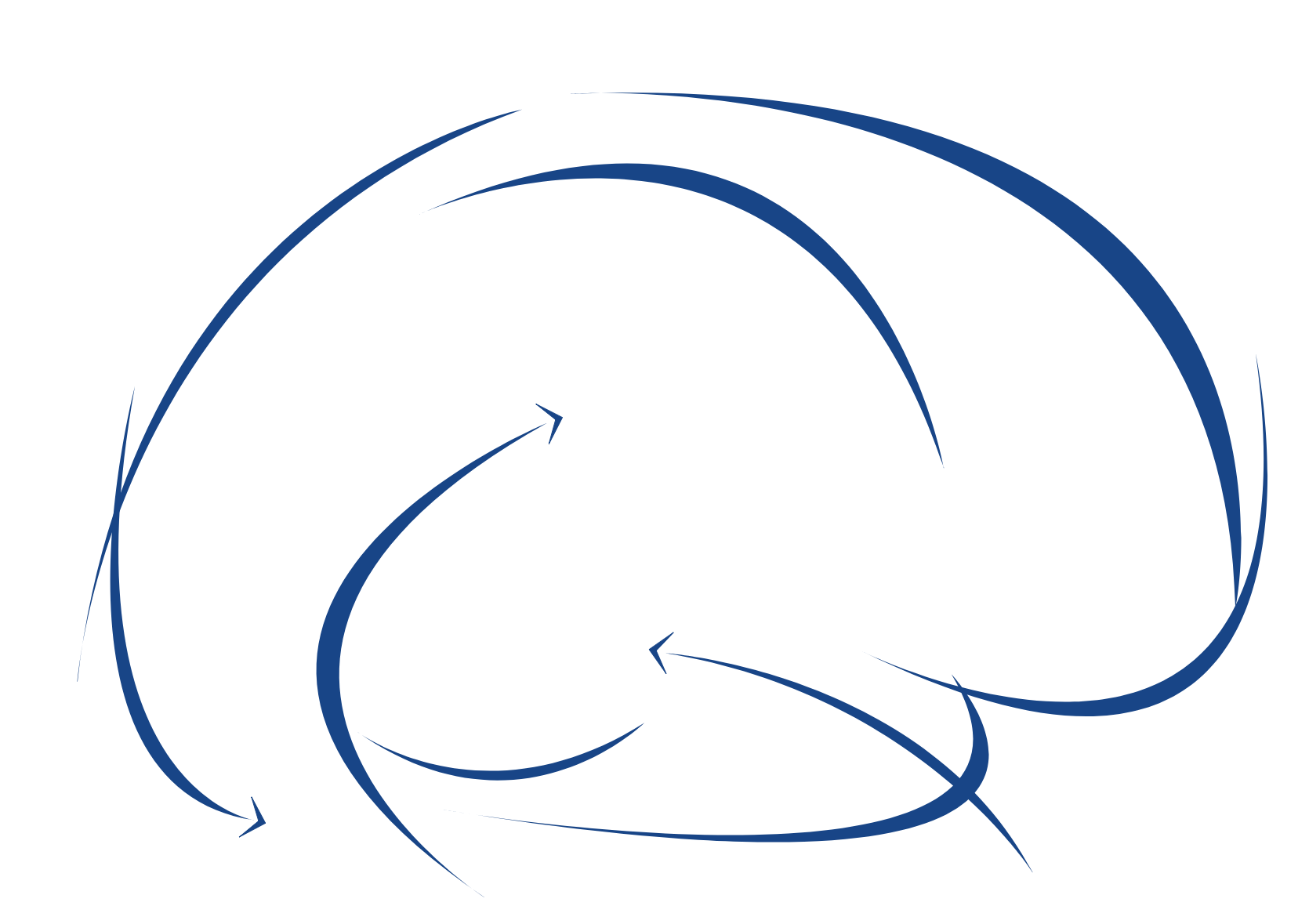Do deep learning latent spaces resemble human brain representations?
Abstract: In recent years, artificial neural networks have demonstrated human-like or super-human performance in many tasks including image or speech recognition, natural language processing (NLP), playing Go, chess, poker and video-games. One remarkable feature of the resulting models is that they can develop very intuitive latent representations of their inputs. In these latent spaces, simple linear operations tend to give meaningful results, as in the well-known analogy QUEEN-WOMAN+MAN=KING. We postulate that human brain representations share essential properties with these deep learning latent spaces. To verify this, we test whether artificial latent spaces can serve as a good model for decoding brain activity. We report improvements over state-of-the-art performance for reconstructing seen and imagined face images from fMRI brain activation patterns, using the latent space of a GAN (Generative Adversarial Network) model coupled with a Variational AutoEncoder (VAE). With another GAN model (BigBiGAN), we can decode and reconstruct natural scenes of any category from the corresponding brain activity. Our results suggest that deep learning can produce high-level representations approaching those found in the human brain. Finally, I will discuss whether these deep learning latent spaces could be relevant to the study of consciousness.
We invite you to join us virtually as well:
Join Zoom Meeting
https://univ-amu-fr.zoom.us/j/89305561886?pwd=QXFVdTRUWGNaa2MzY3J5YzFEKzVmQT09
Meeting ID: 893 0556 1886
Passcode: 546517
